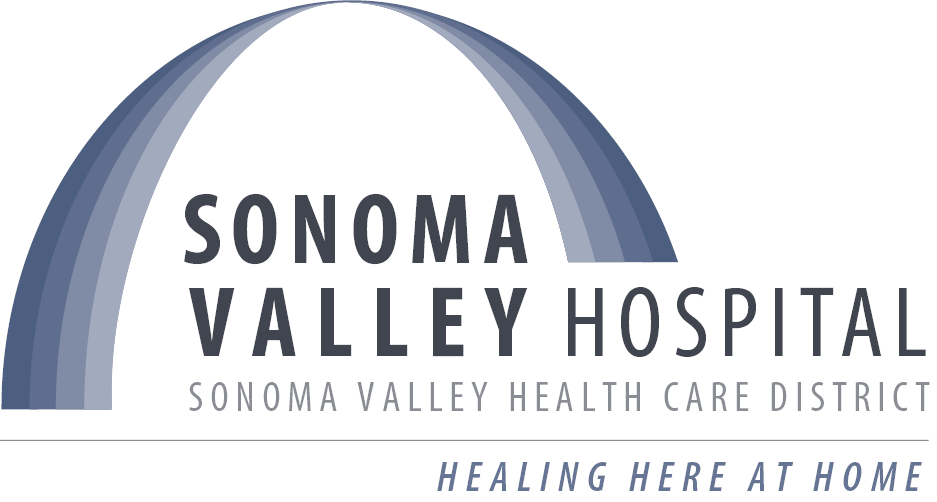Rethinking The Community Hospital
June 25, 2018I’m often asked, can small hospitals survive?
It’s a good question, and timely.
As we noted in our updated strategic plan, the challenge facing small hospitals is to continue providing essential services in this quickly changing healthcare environment while improving operating margins. And the need has never been as urgent as it is today.
I believe hospitals like ours can succeed if they evolve. To do that, we must be willing to take a fresh look at the role of a small hospital today. It’s clear that we must start with the mandate to provide emergency services, and then build a stable financial base from there.
While there’s no easy answer, there are some new and promising concepts that transform the small hospital model. I say “promising” because the best ones consider being a small community hospital an asset rather than a liability. A concept that is gaining traction is frequently referred to as the “micro hospital” model which provides a clear vision of the role hospitals in small communities can and should play.
Typical characteristics of this type of hospital include:
- 24/7 emergency care with small ICU
- Few inpatient beds
- Surgery services, both inpatient and outpatient
- Ability for efficient patient transfer to larger nearby hospitals when required
- Core acute care services that include imaging, pharmacy and lab
- Often desirable services such as women’s health and wound care
- Telemedicine providing specialist access for diagnosis and treatment
It’s a smart alternative to the urgent care model, which offers limited services and no true emergency care. Another advantage is that it sees the small hospital as a critical bridge in healthcare, providing essential services locally while serving as an access point to the high acuity, specialized services of nearby larger hospitals.
If you think this model sounds a lot like a traditional community hospital reinvented to succeed among the stark realities of today’s healthcare environment, you’re right. But it’s not a simple transformation. Getting there requires a hospital to let go of the idea that it must be all things to all people and commit to a more limited number of revenue-producing services, while creating strong partnerships with other healthcare organizations.
Importantly, this direction maintains what makes a small hospital like ours special. I’m referring to such qualities as friendly staff, compassionate nurses, strong hospital-physician partnerships, a peaceful, healing environment, high patient satisfaction and consistent high quality of care. We’ve been moving toward this model for several years without calling it that. For example, we have:
- Demonstrated our commitment to emergency care as the core of our mission by building a modern Emergency Department.
- Responded to the dramatic shift from inpatient to outpatient services by focusing on expanding outpatient services, including increasing the number of specialists serving our community and setting up physician specialist offices.
- Analyzed margins for all service lines and addressed those areas where financial results are not meeting expectations and need improvement.
- Expanded and modernized many parts of the hospital, including creating a state-of-the-art Surgery Center that has attracted surgeons.
- Forged important new partnerships such as our recent affiliation with UCSF Health and our relationship with Canopy Health.
Nor does this reinvented community hospital model preclude developing new revenue opportunities, such as creating niche specialty areas that allow us to leverage the destination desirability of our location in attracting patients from outside of Sonoma Valley. We already have this in bariatric (weight loss) surgery, which attracts patients from the greater Bay Area and beyond, and we’re working to create similar regional services with women’s health and pain management.
I am convinced this direction provides great potential as we face a future with ever-declining inpatient volumes, tightening insurance payments and increased competition for higher margin services. It will require some streamlining of operations beyond what we have already accomplished, but we are well on the way. Our new relationship with UCSF Health will definitely be an asset as we move in this direction.
So, the answer is yes, I believe small hospitals can survive and even thrive if they are willing to reinvent themselves.
In good health,
Kelly
Kelly Mather
President and Chief Executive Officer
Sonoma Valley Hospital


